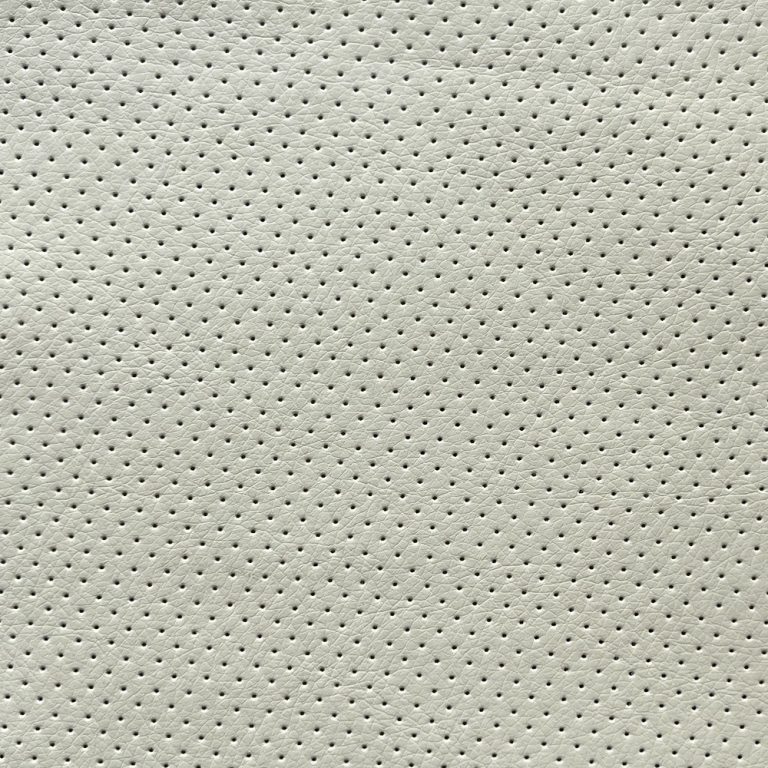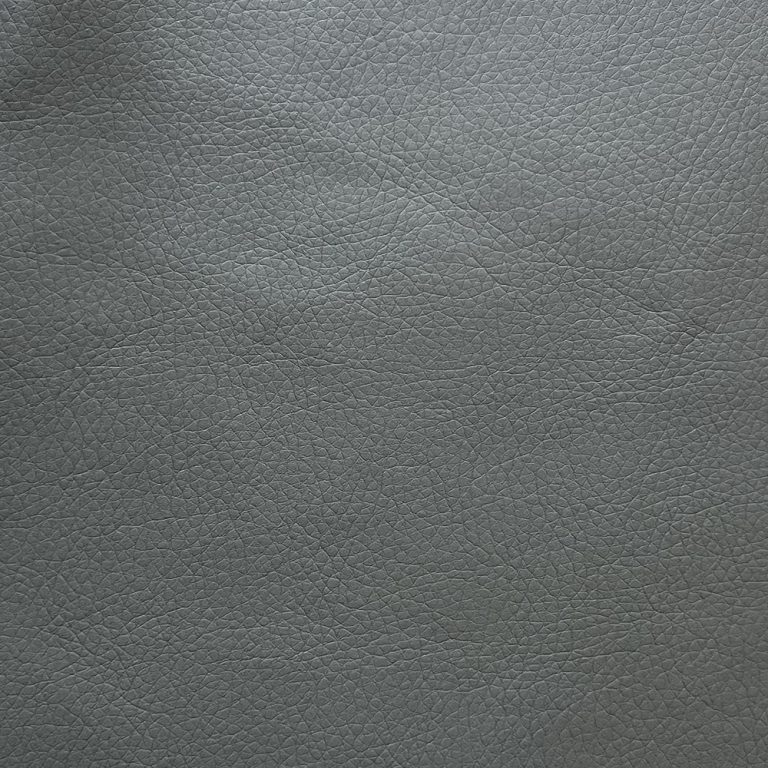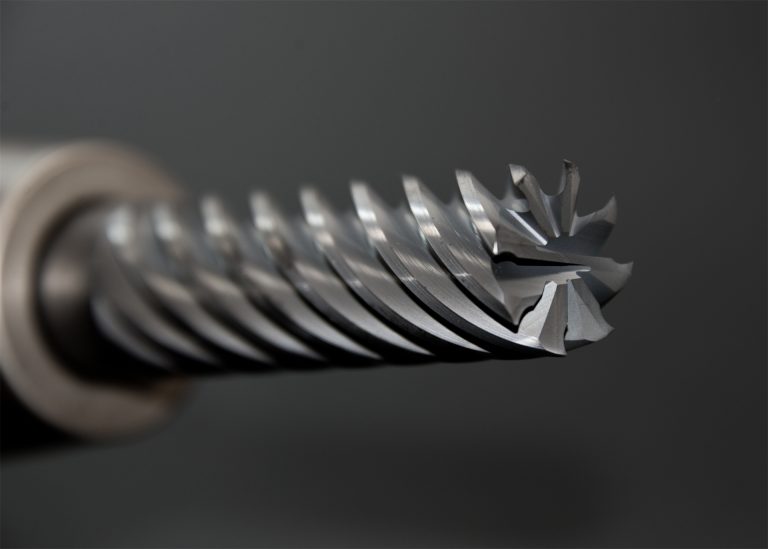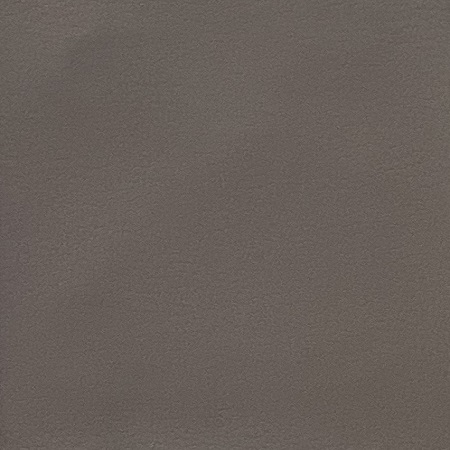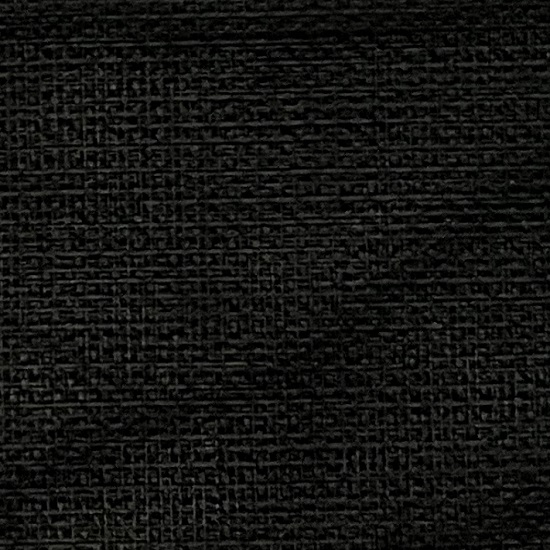Pros and Cons of Shoe Lining PU
Polyurethane (PU) is a versatile material widely used in various industries, including footwear manufacturing. When it comes to shoe linings, PU offers both advantages and disadvantages worth considering.
PU is favored for its durability and water-resistance, making it an excellent choice for shoe linings. Unlike natural materials like leather, PU linings are often more affordable and easier to maintain. This synthetic material also provides a smooth and comfortable feel against the skin, which enhances the overall wearing experience.
One of the primary benefits of PU shoe linings is their durability. PU is known for its robust nature, capable of withstanding frequent wear and tear without deteriorating quickly. This durability translates to a longer lifespan for shoes, making them a cost-effective choice for consumers looking for footwear that lasts.
In addition to durability, PU shoe linings offer excellent water resistance. This characteristic is particularly valuable in footwear, as it helps keep the feet dry and comfortable in various weather conditions. Whether walking through rain or snow, PU linings act as a barrier against moisture, thereby maintaining a pleasant environment inside the shoe.
Comfort is another advantage of PU shoe linings. The material has a soft and pliable texture that conforms to the shape of the foot, providing a snug fit without causing discomfort. This feature is particularly beneficial in shoes that require prolonged wear, such as work or casual footwear.
Despite these benefits, PU shoe linings also come with some drawbacks. One significant concern is breathability. PU is not as breathable as natural materials like cotton or leather, which can lead to heat and moisture buildup inside the shoe. This lack of breathability may cause discomfort, especially in warmer climates or during extended periods of wear.
| Products | Inner shoe lining |
| Nr. | 1 |
Another consideration is environmental impact. While PU can be durable and long-lasting, it is a synthetic material derived from petrochemicals. The production of PU involves chemical processes that can contribute to environmental pollution and greenhouse gas emissions. Additionally, PU is not biodegradable, meaning it can persist in the environment long after its useful life as shoe linings.

Furthermore, some individuals may have allergies or sensitivities to PU. Although rare, contact dermatitis or skin irritation can occur in sensitive individuals when exposed to PU materials. It’s essential for consumers to be aware of any potential allergies and choose footwear accordingly.

In conclusion, PU shoe linings offer a blend of durability, water resistance, and comfort, making them a popular choice in the footwear industry. However, they also present challenges such as reduced breathability, environmental concerns, and potential allergenic reactions. When selecting shoes with PU linings, consumers should weigh these pros and cons based on their specific needs and preferences. Overall, PU remains a significant material in footwear manufacturing, balancing practicality with environmental and health considerations in the quest for comfortable and long-lasting shoes.

